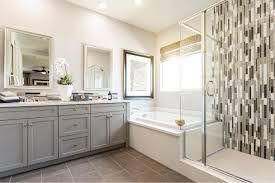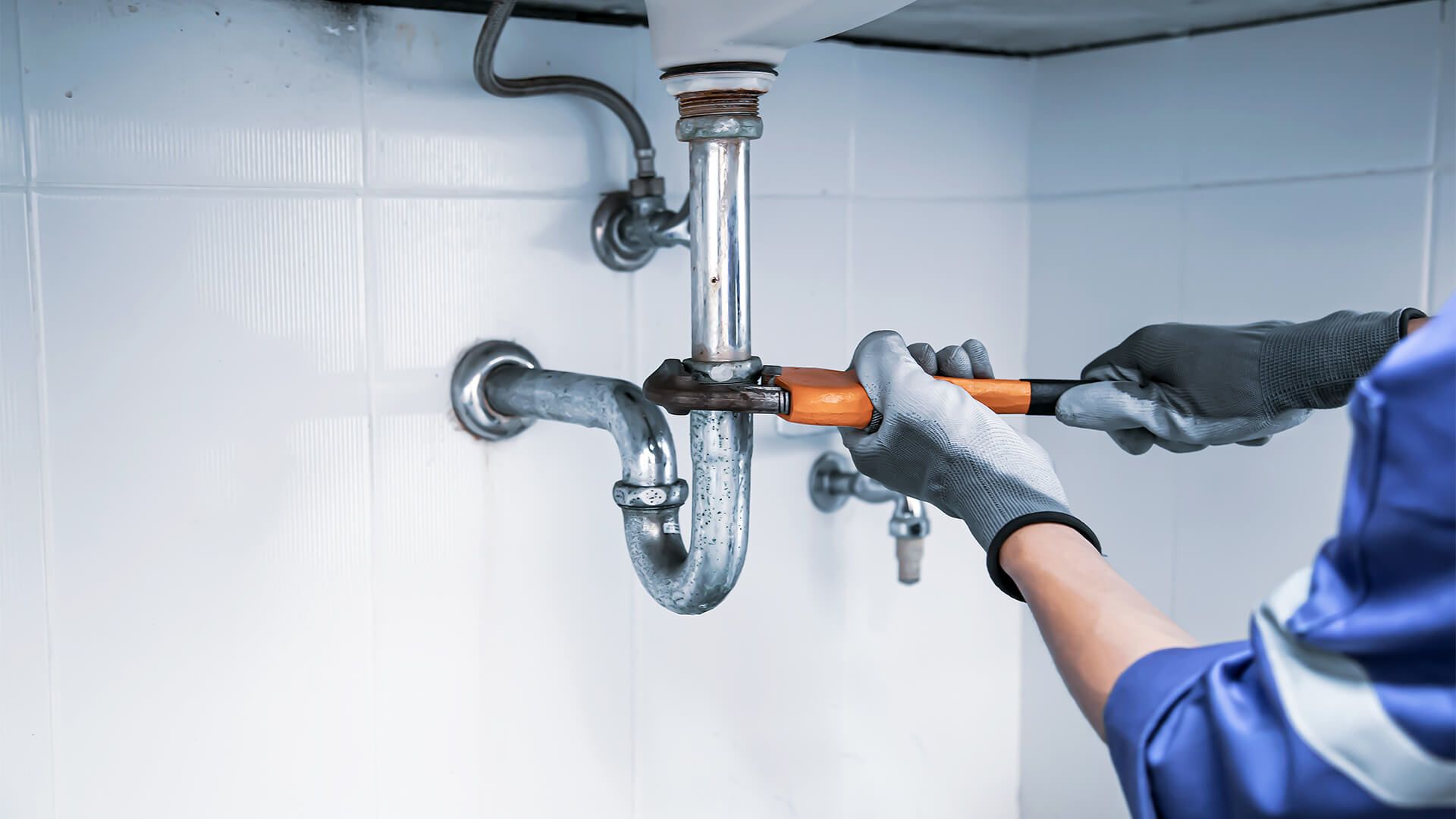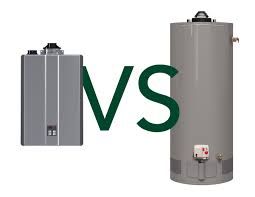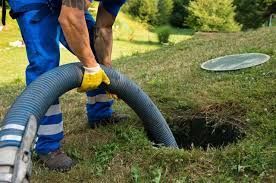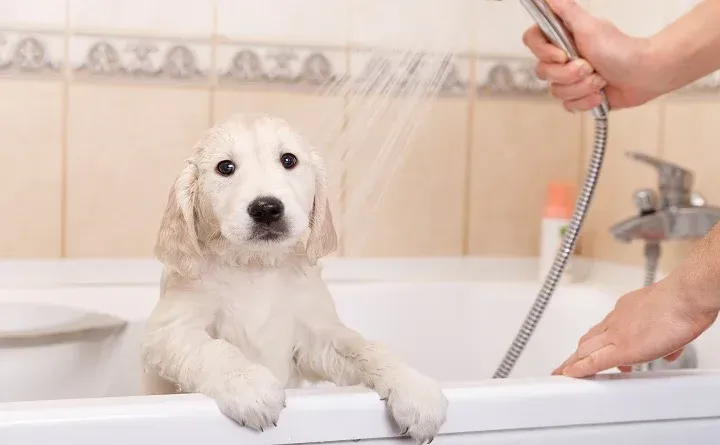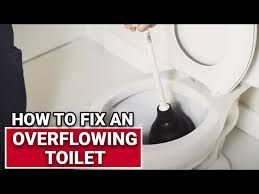What’s the Difference Between Drain Clearing and Drain Cleaning?
Homeowners often use the terms “drain clearing” and “drain cleaning” interchangeably, but these are two distinct processes with different purposes. Understanding the difference can help you choose the right service when dealing with a blocked or slow-draining pipe. This comprehensive guide will walk you through the differences between drain clearing and cleaning, their benefits, the tools involved, and when to call a professional.
1. What Is Drain Clearing?
Drain clearing is the process of removing clogs or blockages from your drain to restore normal water flow. This is usually a temporary fix focused on removing immediate obstructions, such as hair, food particles, or debris.
Key Aspects of Drain Clearing:
- Purpose: Remove clogs or obstructions.
- Tools: Plungers, drain snakes, augers.
- Time: Typically a quick, short-term solution.
- Effectiveness: Restores water flow but does not address underlying issues like buildup or residue on pipe walls.
Common Methods for Drain Clearing:
| Method | Description | Best For |
|---|---|---|
| Plunging | Uses pressure to push clogs through the drain. | Minor clogs, such as in sinks or toilets. |
| Drain Snake/Auger | Mechanically breaks up blockages. | Deeper clogs or obstructions in pipes. |
| Chemical Cleaners | Dissolves clogs chemically (not recommended). | Last resort for small, stubborn clogs. |
2. What Is Drain Cleaning?
Drain cleaning goes beyond just clearing blockages. It involves thoroughly cleaning the interior walls of your pipes to remove buildup and prevent future issues. This service is more extensive and long-lasting than drain clearing, targeting grease, sludge, and mineral deposits.
Key Aspects of Drain Cleaning:
- Purpose: Clean the entire pipe system to prevent buildup and future blockages.
- Tools: Hydro jetting, specialized cleaning equipment.
- Time: Requires more time but provides long-term benefits.
- Effectiveness: Restores pipes to near-original condition by removing grime, residue, and buildup.
Common Methods for Drain Cleaning:
| Method | Description | Best For |
|---|---|---|
| Hydro Jetting | Uses high-pressure water jets to clean pipe walls. | Tough buildup, grease, and mineral deposits. |
| Rooter Service | Mechanically cuts through tree roots and blockages. | Blockages caused by tree roots in sewer lines. |
| Biological Cleaners | Uses enzyme-based solutions to break down organic waste. | Maintenance cleaning of residential drains. |
Key Differences Between Drain Clearing and Drain Cleaning
| Feature | Drain Clearing | Drain Cleaning |
|---|---|---|
| Purpose | Remove immediate blockages | Clean pipe walls and prevent future clogs |
| Tools Used | Plungers, drain snakes, augers | Hydro jetting, mechanical cleaners |
| Time Required | Quick, short-term solution | Longer, more comprehensive solution |
| Cost | Generally cheaper | Higher cost, but long-lasting |
| When to Use | For immediate blockage removal | For preventative maintenance or severe buildup |
| Results | Restores water flow temporarily | Extends pipe life, prevents future clogs |
When to Use Drain Clearing vs. Drain Cleaning
Both services are important, but the timing for each varies based on the severity and nature of the problem.
- Use Drain Clearing When:
- You have a single, isolated clog in a sink or toilet.
- Water is draining slowly, but the issue is localized.
- You need a quick, temporary fix.
- Use Drain Cleaning When:
- Your drains are frequently clogging or have ongoing issues.
- You notice strange odors, gurgling sounds, or multiple slow drains in your home.
- You want a long-term solution to prevent future clogs.
Pros and Cons of Drain Clearing
| Pros | Cons |
|---|---|
| Quick and easy fix for immediate problems | Does not address buildup or prevent future issues |
| Inexpensive | Only removes the clog, not the cause |
| Can be done DIY | May lead to recurring clogs |
Pros and Cons of Drain Cleaning
| Pros | Cons |
| Long-lasting results | More expensive than drain clearing |
| Cleans buildup, grease, and debris | Requires professional services |
| Reduces risk of future clogs | Takes longer to complete |
| Extends the lifespan of your pipes | Not a DIY-friendly solution |
Tools Used in Both Processes
While drain clearing often involves basic tools, drain cleaning requires specialized equipment.
- Drain Clearing Tools:
- Plunger: Works for minor clogs by applying pressure.
- Drain Snake: A flexible auger used to break up blockages.
- Drain Cleaning Tools:
- Hydro Jetting Machine: Blasts high-pressure water to thoroughly clean pipes.
- Rooter Machine: Cuts through tree roots that invade sewer lines.
Should You Hire a Professional?
While minor clogs can often be cleared using DIY methods, professional drain cleaning is typically required for more severe buildup and maintenance. Hiring a plumber is recommended when:
- You experience frequent clogs or slow drains.
- Multiple drains in your home are affected.
- You suspect buildup of grease or mineral deposits.
A professional plumber can assess your system and recommend the best solution, whether it’s clearing a blockage or performing a thorough cleaning.
Conclusion
While both drain clearing and drain cleaning are essential to maintaining a healthy plumbing system, they serve different purposes. Clearing is a quick fix for immediate blockages, while cleaning offers a more thorough solution that prevents future problems. Knowing when to use each can save you time, money, and the headache of recurring clogs.
When in doubt, consult a professional plumber for expert advice and long-term solutions to keep your drains flowing smoothly.
